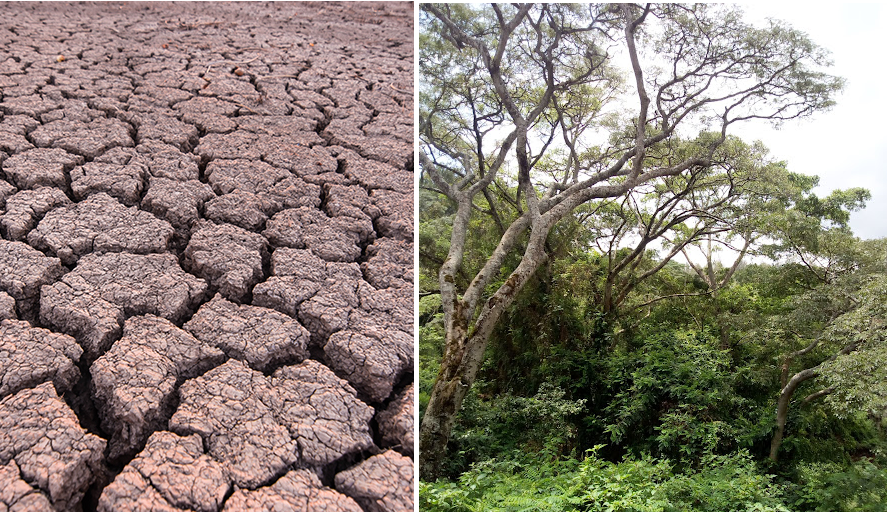Environmental changes resulting from climate change disturb natural habitats and different species in different ways, some of which are still unclear to biologists. Rising environmental temperatures, unpredictable rainfall patterns, extreme weather events, and ocean acidification exert much pressure on species in addition to the threats from other human activities. Loss of biodiversity is a possibility.
Climate change has posed much threats to biodiversity and the pressure is expected to increase. The thriving ecosystems have the capacity to reduce the impacts of climate change. However, the human activities have negative effects on natural ecosystems.
If the rate of global warming observed today is maintained for a while, the global temperatures could increase by more than 1.5 oC by 2030 compared to before the industrial revolution.
Exaggerated frequency of fires, storms or drought periods are major impacts of climate change on biodiversity. Rising global temperatures also have the potential to alter ecosystems over longer periods by changing what can grow and live within them. It has been suggested that the reduction in atmospheric moisture since 1990s has resulted into about 60% reduction in vegetation covers on the earth surface and reduced growth rate worldwide.
Rising temperatures in the oceans affect marine organisms. Corals are particularly vulnerable to rising temperatures and ocean acidification can make it harder for shellfish and corals in the upper ocean to form shells and hard skeletons. This also results into changes in occurrence of marine algal blooms.
Despite the threats posed by climate change to biodiversity, we know that natural habitats play an important role in regulating climate and can help to absorb and store carbon. Mangroves, for example, are significant sinks for carbon and there is need to conserve our marine forests while the Amazon is one of the most biologically diverse places on the planet and is an enormous store of carbon – up to 100 billion tons. However, a recent study has suggested the Amazon may now be emitting more carbon than it absorbs. Safeguarding these natural carbon sinks from further damage afforestation are positive steps in mitigating the effects of and limiting climate change.
